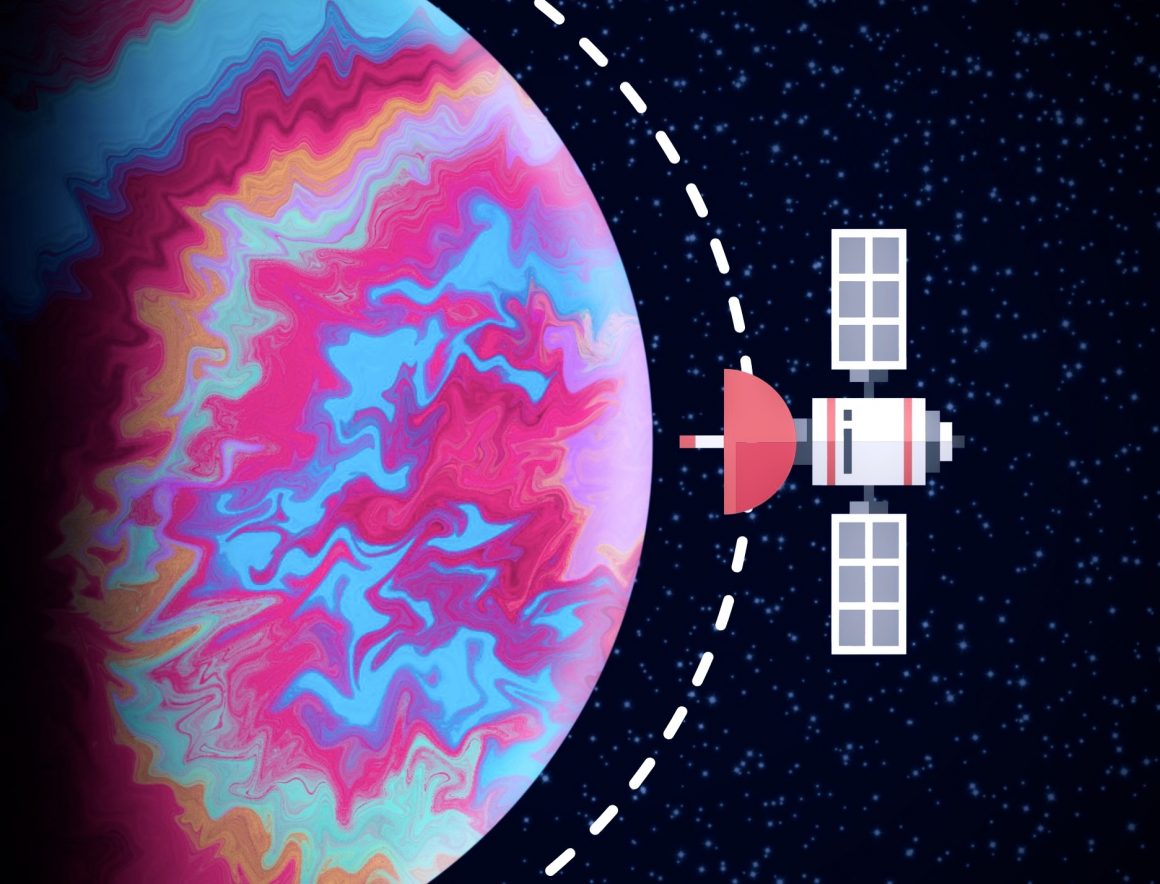
Taking Canada’s extractive industry to the stars
By Zal Dholoo, November 22 2023—
As resource extraction becomes evermore damaging to the environment, some look to the stars to find important materials. Recent developments in space-fairing technologies, such as the deployment of ion thrusters, and laser optical communication aboard the Psyche spacecraft, make space travel beyond the moon more accessible. Spacecraft which can not only reach celestial objects but return with material has become increasingly feasible.
The first such mission that the Canadian Space Agency (CSA) has had a hand in was the OSIRIS-REx. The spacecraft travelled to a near-Earth asteroid and retrieved a 70.3 g sample of regolith, a sand-like debris found on the surface of asteroids. In return for funding and building the laser altimeter on the spacecraft, the CSA will have the opportunity to conduct testing on a portion of the sample.
A feasibility study conducted in 2019, suggests that mining the most accessible resources in space, those being on near-Earth asteroids, using many spacecraft with 100 kg of liquid payload would only begin to be profitable after five years. This study, like many of its kind, relies on developing technologies, such as using water as a fuel. Though the feasibility of resource extraction in space is still questionable, it can be done. Though OSIRIS-REx’s measly 70.3 g payload marked the most mass that had been brought back from an asteroid, it is far from what is necessary to have space mining be profitable.
Profit need not be the only motive for space mining, as it may become increasingly difficult to mine finite resources on Earth, and it might become necessary to search elsewhere for resources. Though current research suggests that our capacity for demand does not yet outstrip the resources on Earth, it may become prohibitively harmful to the environment to continue to extract them.
The microgravity environments of space are also especially conducive to additive manufacturing, the formal term for 3D printing. In theory, microgravity would mean that structures being manufactured would not have to be produced with support material. 3D printers on the International Space Station seem to create products which are analogous to or better than their Earth-manufactured counterparts. If manufacturing in a microgravity environment becomes mature enough, it may prove to be cheaper for materials that are extracted in space to also be built in space or to support space-based operations.
Canada is home to around half of the world’s publicly traded mining companies, and extractive industries were the sixth largest contributors to GDP in 2022. Canada is uniquely prepared to become a foremost contributor to resource extraction in space.
Being so irrevocably tied to the resource industry has not always been a net positive for a country that has pledged to become less reliant on extractive industries. Ideally, extraction in space would result in minimal harm to the environment on Earth, but the environmental effects of space launches are still largely unknown.
Space mining faces a number of technical challenges, being cost-prohibitive without the invention and successful use of a variety of novel technologies. It may become more necessary as resource extraction on Earth becomes increasingly prohibitive, and combined with the possible advantages of manufacturing in space, it may become increasingly desirable to move resource extraction off-planet. Canada is uniquely positioned as one of the foremost countries in terran resource extraction, and as such has the opportunity to become a pioneer in extraplanetary resource extraction.
